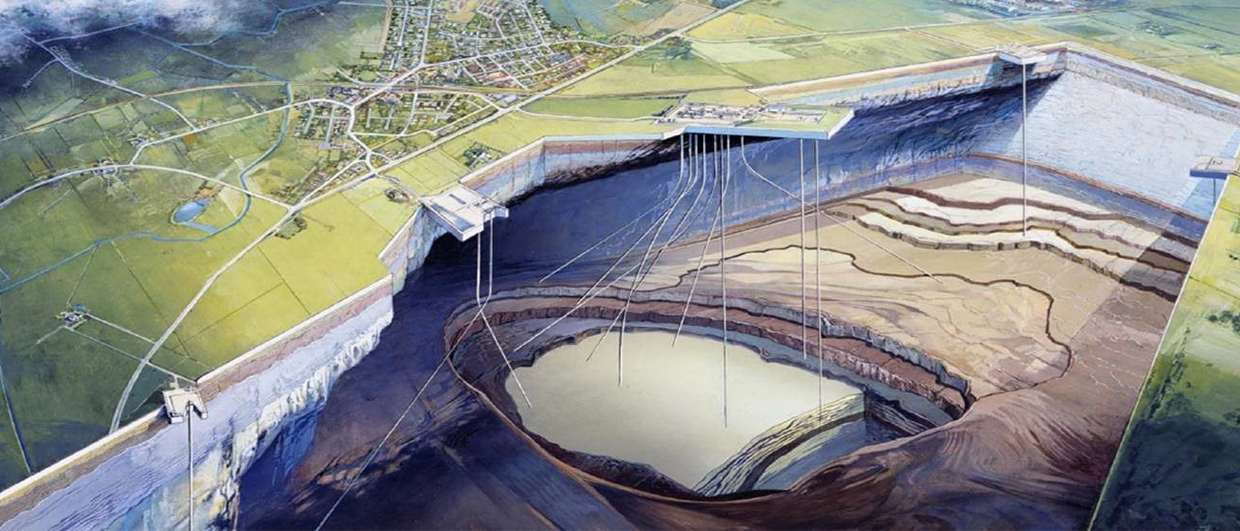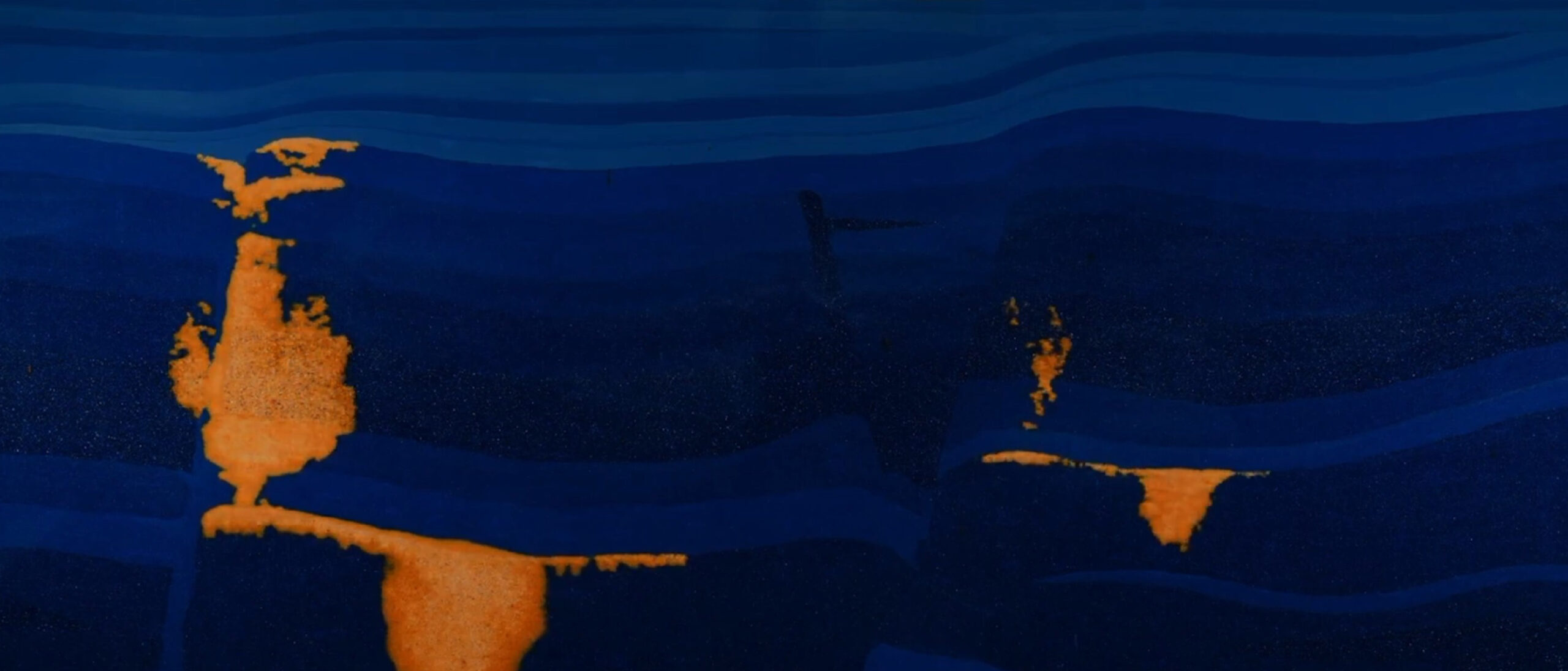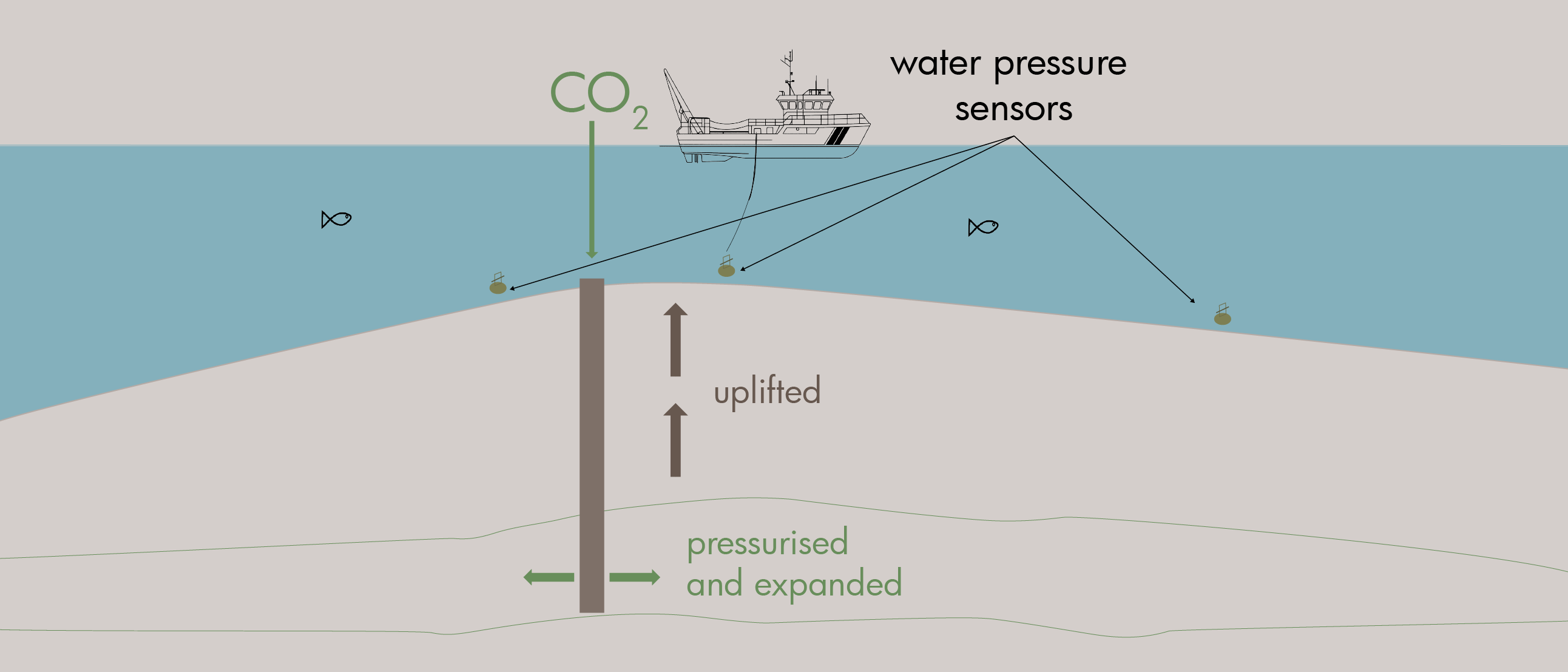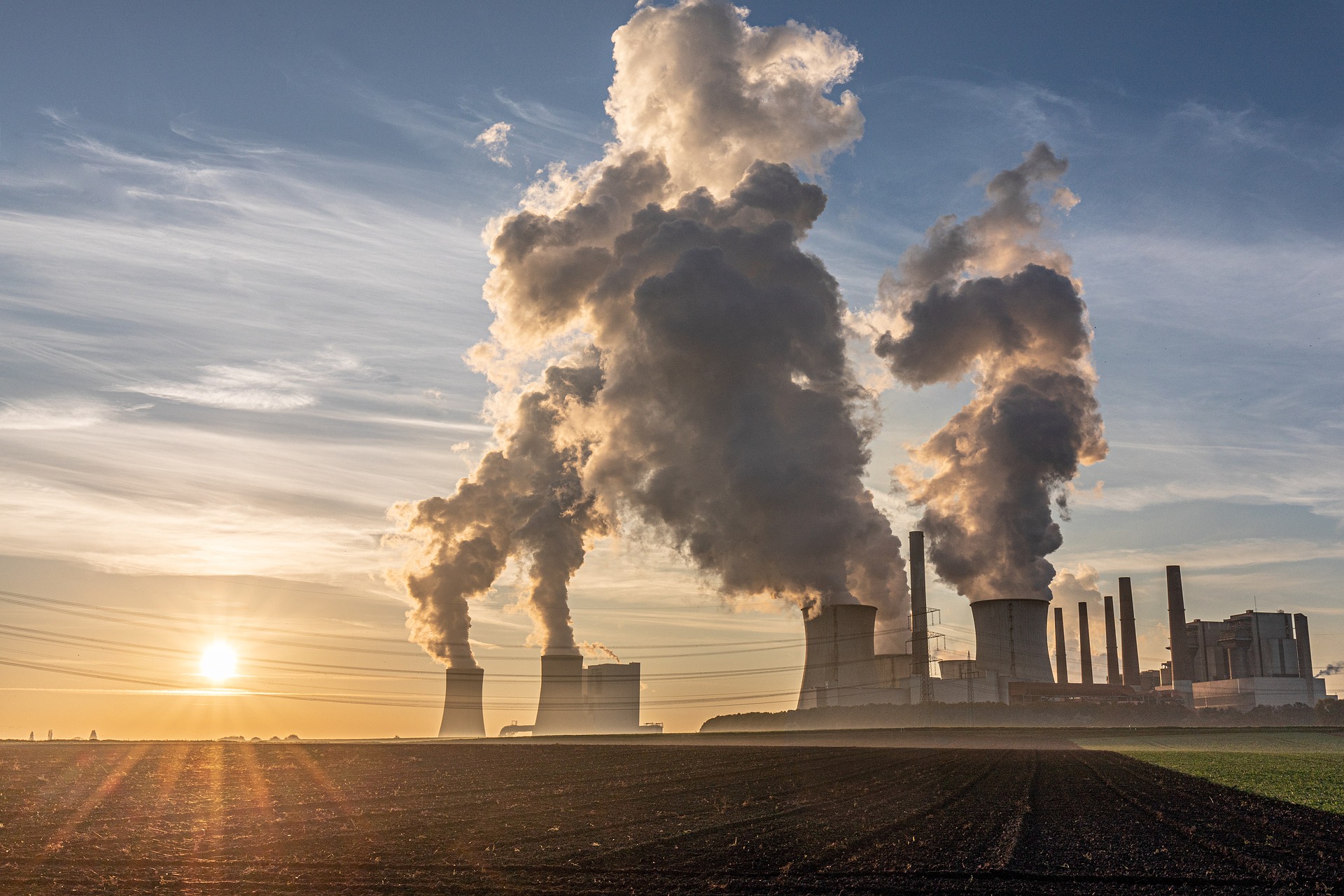Gas Storage Denmark (GSD) is currently in the detailed engineering phase of Europe’s first large-scale, commercially operational onshore CO2 storage facility (CO2RYLUS). This initiative aims to accelerate the development of a full carbon capture and storage (CCS) value chain, thereby accruing invaluable insights, expertise, and know-how for others to learn from.
Operating within a stringent timeline, GSD’s objective is to have a subsurface storage facility operational before 2026. The chosen site, the Stenlille structure, is situated in Central Zealand, Denmark and provides a good starting point with more than three decades of experience in storing natural gas and an accepting local community. The Stenlille structure is a salt-induced anticlinal 4-way closure that provides excellent conditions for injecting and storing media such as natural gas or CO2.
The data from Stenlille is considered the most comprehensive onshore dataset in Denmark and includes 2D and 3D seismic data as well as twenty wells with wireline log data. Fourteen of the wells are presently used for natural gas injection production, and the rest are used for monitoring. These data, coupled with the knowledge and understanding of the subsurface from operating the gas storage facility, are an ideal starting point to quickly establish a CO2 storage facility.
Mikael Lüthje from Gas Storage Denmark will present about this exciting project at the upcoming NEXT Conference in Bergen, Norway, 24-26 October. Find the programme here.
The reservoir
The main reservoir in the Stenlille structure is the approximately 150 m thick Gassum Formation, comprised of mainly Upper Triassic to Lower Jurassic sandstones with some interbedded clay stringers. The top Gassum Formation is found at approximately 1500 m below the surface. The reservoir is sealed off with around 300 m of the mud-dominated Jurassic Fjerritslev Formation, which in turn is overlain by around 1100 m of the limestone-dominated Cretaceous – Paleocene Chalk Group and less than 100 m of Quaternary deposits.
The Gassum Formation has excellent average porosities of around 25% and permeabilities up to 7 Darcy. The sealing capacities of the Fjerritslev Formation have been proven tight during the entire gas storage facility operations in Stenlille, which provides confidence in a competent seal. The additional c. 1100 m of low porosity Chalk above the Fjerritslev Formation only adds to that.
The CO2RYLUS storage project in Stenlille is designed to take advantage of the comprehensive knowledge of the Stenlille structure and its proven reservoir qualities. However, since it is also actively operated as a gas storage facility, some significant challenges also arise, such as making sure that gas storage and production can continue whilst CO2 injection is taking place at the same time.
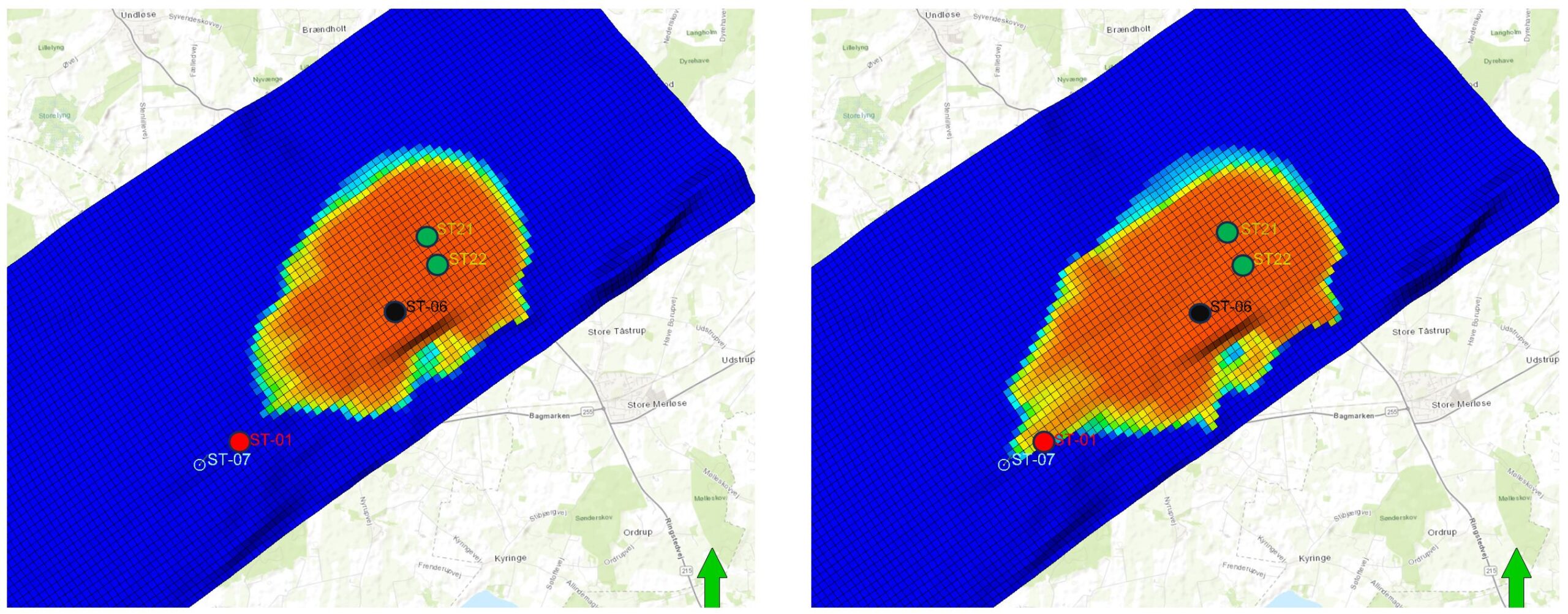
The challenges
The planned CO2 storage operation will be located down flank in the northeast of the structure to secure a safe distance between the injected CO2 and the existing gas storage operation. This will be done to prevent natural gas contamination and to preserve the integrity of the existing wells. Simulations show that up to eight million tonnes of CO2 will not reach the natural gas in the expected lifetime of the gas storage operations. Additionally, GSD is looking into potentially expanding the CO2 storage capacity later by including deeper formations in the Stenlille structure. To be ready to operate in 2025, the project is planned as a 2-stage project where one observation well down flank will be converted to a CO2-injection well followed by drilling new wells further down flank.
Dynamic storage capacity estimations are essential to constrain value chain cost estimations; how much capacity can be offered and how fast, and how many wells need to be drilled? Therefore, a geological model for the northeastern flank was developed and used to simulate different injection scenarios, specifically with the updip gas storage facility in mind.
CO2 migration up-dip to the natural gas accumulation due to buoyancy will occur over time and hamper the natural gas storage business. Therefore, high permeability is not solely an advantage for the present case; it will help dissipate pressure buildup due to injection of CO2, but it will also accelerate its up-dip migration. Dynamic simulations with the Eclipse 100 software were performed to balance the storage capacity with the timing of CO2 arrival at the natural gas accumulation.
Seismic data and well planning
While substantial geological data exists for the Stenlille structure, knowledge gaps necessitate further investigation, particularly in the context of the northeastern flank. Specifically, better seismic data was needed since the existing 3D seismic only partially covered the area of interest. Therefore, a new seismic survey campaign was initiated to address this gap. Interpretation of the seismic data is taking place at the moment and plans for well design and monitoring strategies are all being worked on to have the first full-scale European onshore subsurface storage facility operational before 2026.

